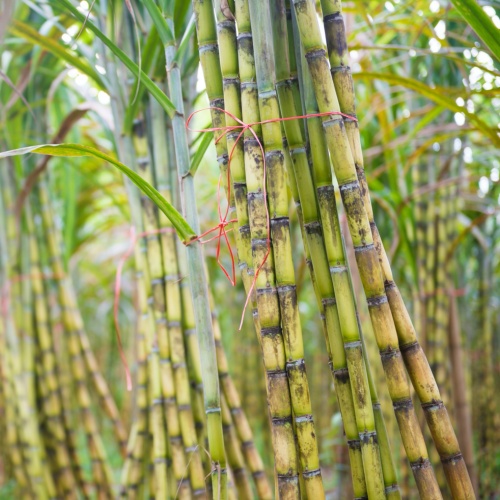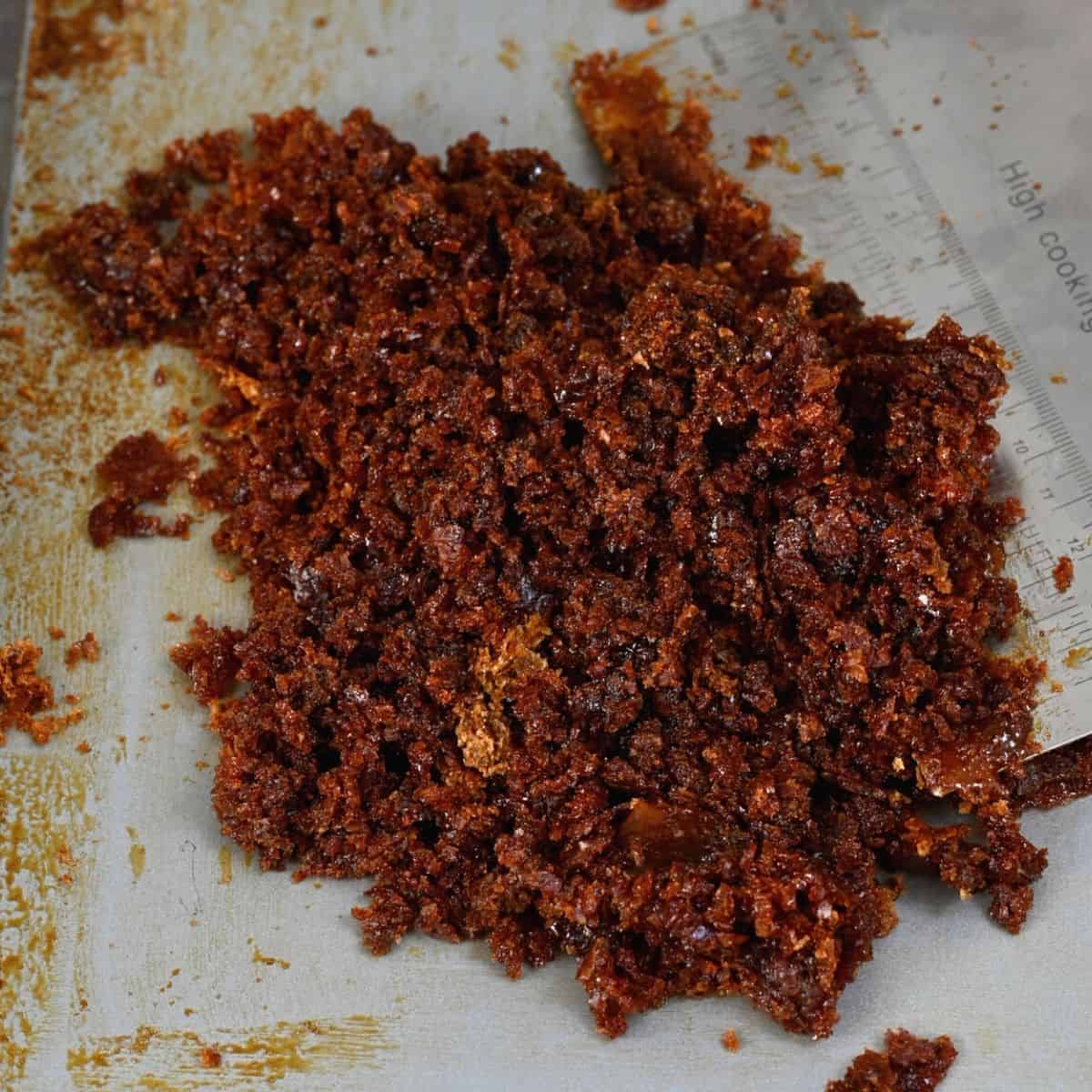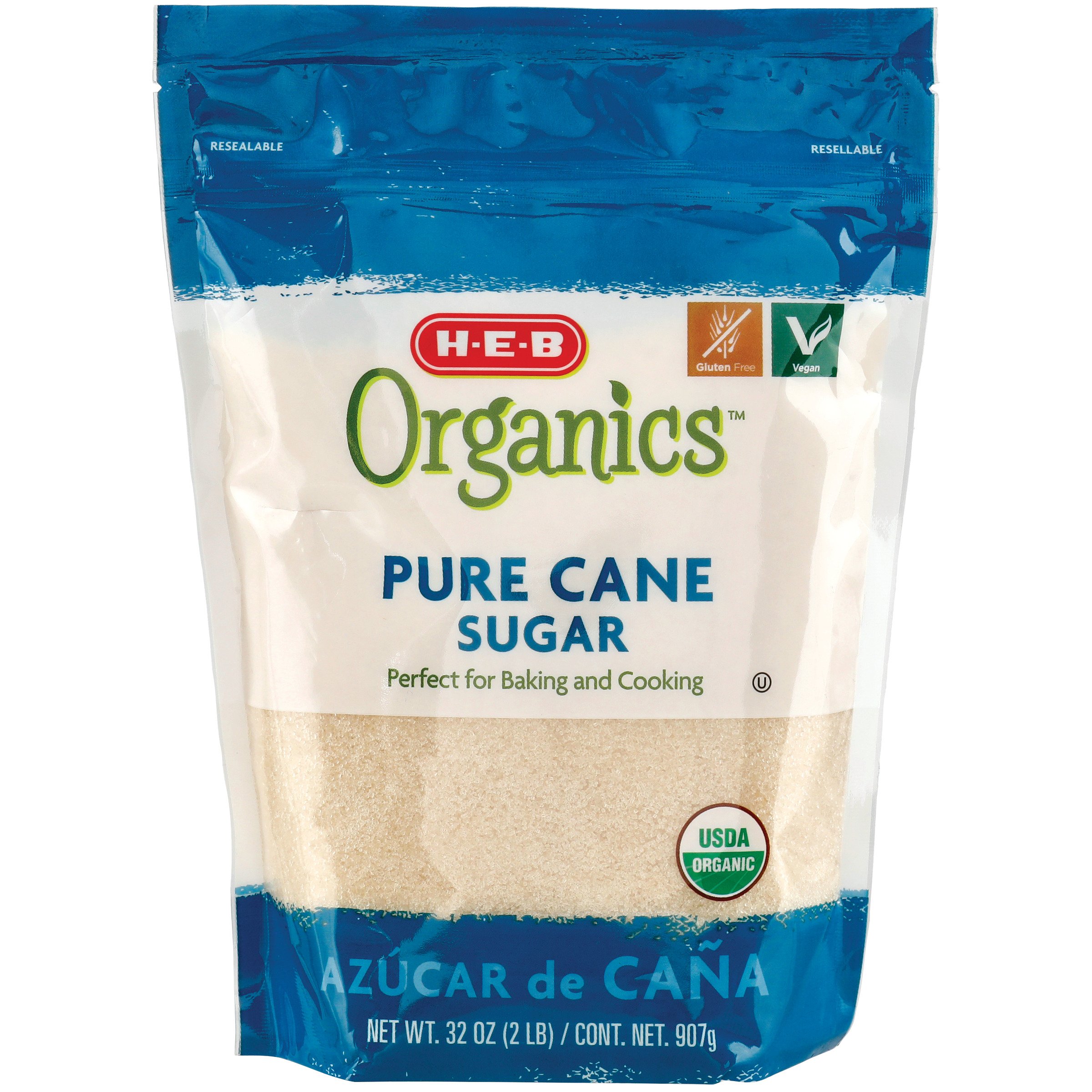The Trip of Cane Sugar Processing: From Harvest to Crystals
The Trip of Cane Sugar Processing: From Harvest to Crystals
Blog Article
Checking Out the Comprehensive Tips Associated With Cane Sugar Handling From Collecting to Refinement
The procedure of walking stick sugar manufacturing includes a collection of elaborate actions, beginning with the careful harvesting of sugarcane and finishing in the refinement stages that ensure the end product meets sector standards. Each stage, from the extraction of juice to the purification and condensation procedures, plays a critical function in figuring out the top quality and character of the sugar. Recognizing these stages not only highlights the complexity of sugar manufacturing however likewise raises important questions regarding efficiency, sustainability, and advancement in the sector. What implications do these factors have for future practices?
Gathering Sugarcane
Collecting sugarcane is a critical action in the cane sugar processing chain, as it directly influences the quality and return of the end product. Correct timing and strategies are crucial during this phase to guarantee optimal sugar content and minimize losses. Generally, sugarcane is gathered when it reaches maturity, usually 12 to 18 months after growing, identified by a high sucrose concentration.

Post-harvest, the sugarcane has to be processed promptly to protect against sucrose destruction. Preferably, gathered walking stick must be transported to refining facilities within 24 hr to preserve sugar quality. Consequently, efficient logistical planning is essential to keep the honesty of the harvested crop throughout the supply chain.
Removal Process

The crushed walking cane is subjected to a collection of pushing operations to optimize juice healing. Typically, warm water is splashed onto the smashed cane, producing a countercurrent flow that helps dissolve the sugar while additionally helping in the extraction process. The juice accumulated from this operation includes not just sugar however additionally various natural substances and contaminations.

To improve removal performance, some centers might use diffusion techniques, where the sugarcane is taken in hot water, enabling the soluble sugars to diffuse into the liquid. The resulting juice, rich in sucrose, is then guided to succeeding handling phases, laying the foundation for purification and refinement. The removal procedure is hence essential in determining the quality and yield of the final sugar product.
Filtration Strategies
The filtration strategies utilized in walking stick sugar handling are essential for changing the raw juice right into a high-grade sugar item. These techniques mostly intend to eliminate pollutants, such as soil, plant materials, and not natural compounds, which can negatively affect the last product's flavor and shade.
One of the most common filtration methods is clarification. This process entails including lime and warmth to the raw juice, which promotes the coagulation of contaminations. The resulting precipitate is then removed via sedimentation or filtration, yielding a clearer juice. In addition, the use of phosphoric acid can enhance the clarification procedure by more binding pollutants.
One more considerable method is carbonatation, where co2 is introduced to the clarified juice. This response produces calcium carbonate, which catches staying impurities and promotes their elimination.
Additionally, activated carbon treatment may be put on adsorb any staying colorants and natural impurities, making sure a much more refined item. The mix of these techniques efficiently prepares the sugar juice for succeeding actions in the refining process, establishing the phase for the manufacturing of top quality walking cane sugar.
Formation Approaches
After the purification phase, the next important action in walking stick sugar processing entails condensation methods, which play a crucial role in changing the made clear juice into strong sugar. This useful content process usually uses 2 main techniques: spontaneous formation and controlled condensation.
In spontaneous condensation, supersaturated sugar options are enabled to cool naturally, leading to the development of sugar crystals over time. This approach permits for the uniform growth of sugar crystals and greater pureness.
Throughout crystallization, the cleared up juice is focused via evaporation, boosting its sugar web content until it reaches supersaturation. When this point is accomplished, either method can help with the condensation process. Cane Sugar Processing. The resultant sugar crystals are after that separated from the staying syrup via centrifugation
Inevitably, the choice of crystallization approach impacts the quality, dimension, and purity of the final sugar product, making this step important in the general walking cane sugar handling treatment.
Refinement and Product Packaging
Exactly how can the pureness and quality of walking cane sugar be even more boosted after formation? The refinement process plays an essential role in accomplishing high-grade cane sugar. Complying with formation, sugar undergoes a thorough washing to eliminate contaminations and residual molasses. This is typically completed utilizing cozy water or steam, which aids liquify and draw out unwanted components while maintaining the sugar crystals.
Next, the sugar undergoes a process called centrifugation, where it is spun at high rates to divide the cleansed sugar crystals from the remaining fluid. After centrifugation, the sugar is frequently more improved through a technique called carbonization or phosphatation, which utilizes activated carbon or phosphoric acid to eliminate color and over at this website off-flavors.
Once improved, the sugar is dried out to accomplish the wanted wetness content, making certain that it continues to be secure during storage and transport. The final action involves product packaging the polished sugar in airtight and moisture-proof containers to maintain its high quality and stop contamination. Cane Sugar Processing. Correct product packaging not just expands service life yet additionally facilitates easy handling and circulation, making certain that customers obtain sugar that fulfills the highest possible criteria of pureness and quality
Conclusion
The extensive steps associated with walking stick sugar processing, from the meticulous harvesting of sugarcane to the complex improvement and packaging stages, underscore the relevance of each stage in making certain click over here now top quality sugar production. Optimum harvesting strategies, reliable extraction methods, and extensive purification procedures collectively contribute to the end product's purity and stability. The crystallization and succeeding packaging techniques better boost the stability and shelf life of the sugar, highlighting the complexity and accuracy integral in this important farming sector.
The process of cane sugar manufacturing includes a series of intricate actions, beginning with the careful harvesting of sugarcane and finishing in the refinement phases that guarantee the final item meets industry standards. Preferably, gathered cane must be delivered to processing facilities within 24 hours to preserve sugar high quality.In spontaneous crystallization, supersaturated sugar remedies are enabled to cool down naturally, leading to the formation of sugar crystals over time - Cane Sugar Processing. The improvement process plays an essential duty in accomplishing high-quality walking stick sugar.The thorough steps entailed in cane sugar processing, from the thorough harvesting of sugarcane to the elaborate improvement and product packaging stages, highlight the relevance of each phase in making sure high-quality sugar manufacturing
Report this page